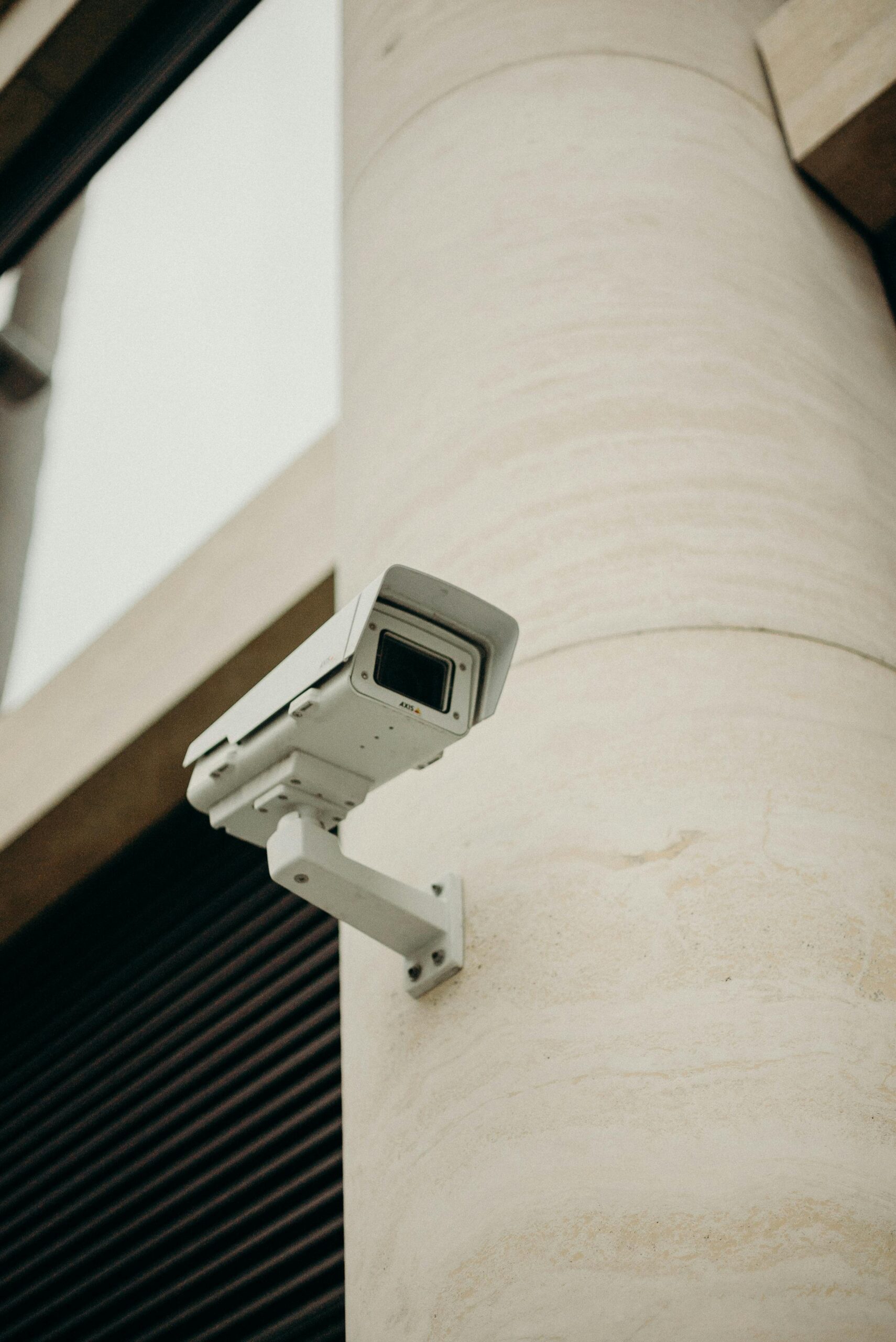The negotiations of the Anti-Counterfeiting Trade Agreement (ACTA) started in June 2008 and were finalised in November 2010.
The European Union was represented during the negotiations by European Commission officials, as well as representatives of our Member States because ACTA touches upon both exclusive competences of the European Union and competences which are shared with the Member States. This factsheet aims at clarifying the way the European Parliament, civil society and all stakeholders have been informed and involved in the negotiation process.
Who sat at the negotiation table?
During the negotiation rounds, government officials from the negotiating countries were present in the room.
(see annex for a list of participants from the European Commission and the Member States):
For the European Union, this included a group of 4-8 Commission officials from the Directorates-General for Trade, Internal Market and Services, Justice, Information Society and Media, and Taxation and Customs Union. Moreover a group of 2-4 officials from the Member State holding the rotating EU Presidency were present, since they negotiated the criminal provisions on behalf of the EU Member States (criminal aspects of IPR enforcement being a Member State competence before the Lisbon Treaty and a shared competence after the entry into force of this treaty).
Furthermore, for the same reason, EU Member States attended the negotiations. The number of Member States represented during the negotiating rounds varied depending on the negotiating round (from 8 to 18). In any event, all Member States received all negotiating documents and had first hand information on the ACTA negotiations.
The other negotiating countries had a variable number of officials from different ministries present. In total between 70 and 110 people were present during the negotiating rounds. Here to read more.


